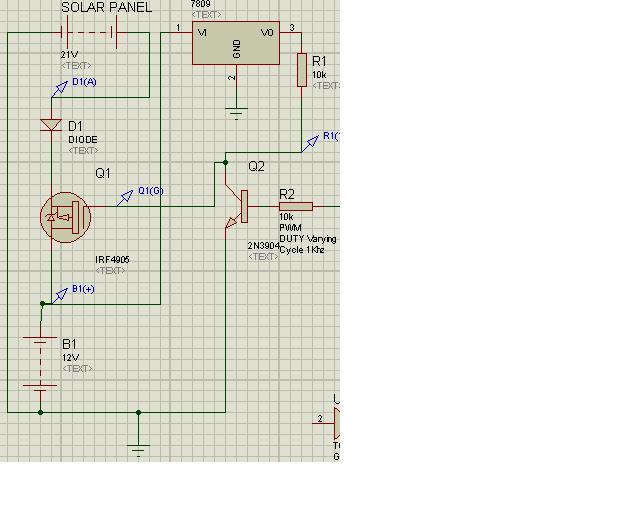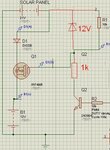farrukhtalib
Junior Member level 3
Hi All
If some one may guide me that how may I able to measure current in the following circuit using HEXFET instead of shunt resistane.

If some one may guide me that how may I able to measure current in the following circuit using HEXFET instead of shunt resistane.


